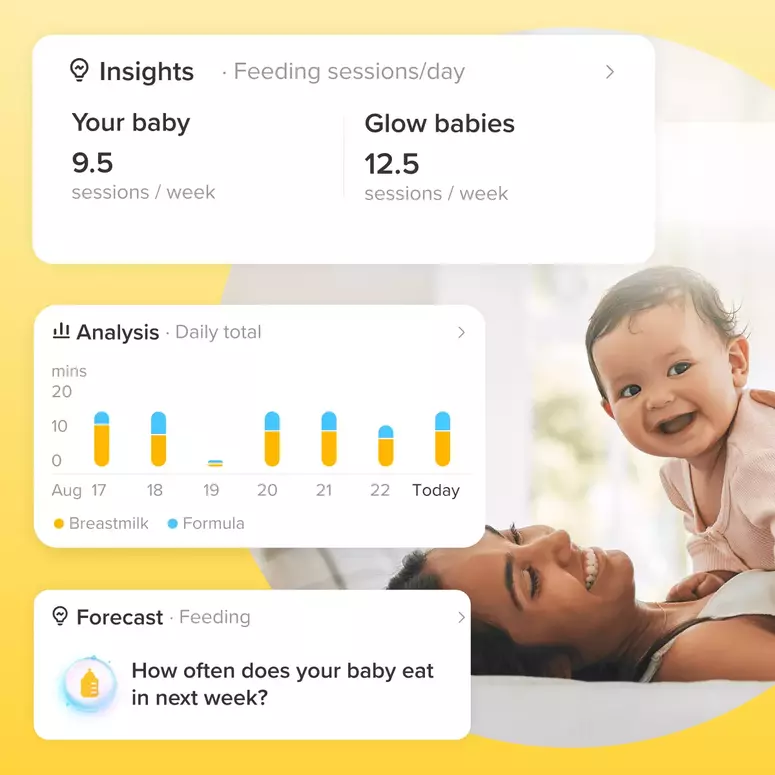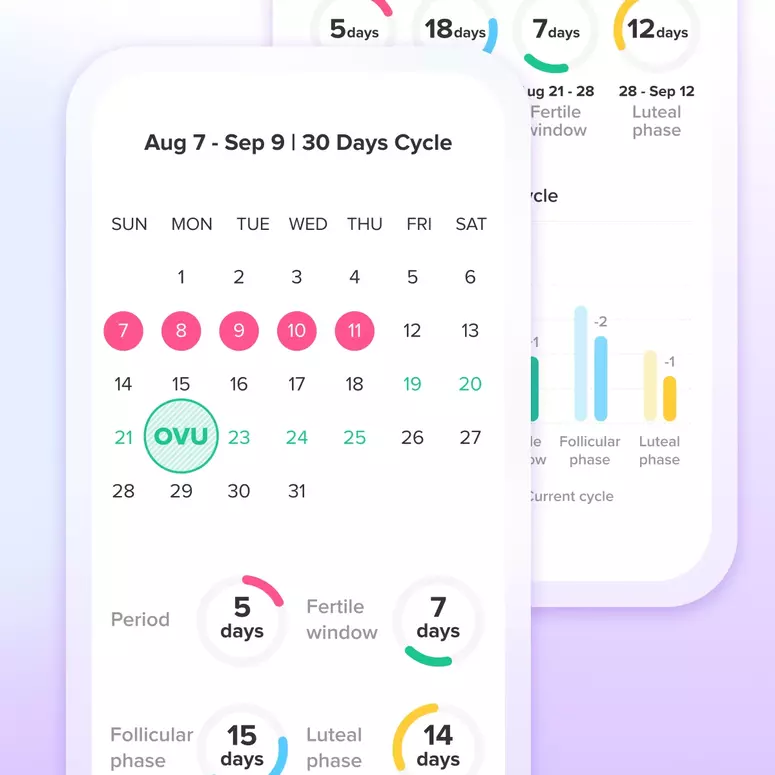8 Fascinating Facts About Twins

Fact 1
They are often difficult to tell apart and can use this fact to their advantage, tricking everyone from parents to teachers or dates. Besides pulling pranks, twins have a lot to tell us about human nature and even weigh in on the nature-versus-nurture debate. And they don't always look alike, with fraternal twins looking as dissimilar as a brother and sister do. Here's more on the science of twins.
Fact 2
Two to nurse or bottle-feed, two times the dirty diapers to change and two to tote around … double duty is taken to a new level for moms of twins. It turns out having two babies at a time is linked to a longer life for the mama, according to a study* published in May 2011 in the journal Proceedings of the Royal Society B. But that's not because the double duty increases a mother's life span. Rather, she is physically stronger to begin with, the researchers found. As such, giving birth to twins may be an evolutionary adaptation in which healthy moms take the opportunity to pass on double their genes in one shot.*Since the study focused on a "natural fertility" population of women in 1800s Utah, the results may not apply in today's world of in vitro fertilization (IVF).
Fact 3
Close friends and even Mom and Dad can be duped by their identical twins, sometimes mistakenly calling one by the other's name. Not the case with some dogs.Past research on dogs' ability to tell twins apart has proven inconclusive with conflicting results over the years. Scientists in the Czech Republic suggested any discrepancies seen between these results may have been due to different levels of training of the dogs used in each study. And so in their study, they used 10 highly trained police dogs, which went through 12 tests, all of which involved the German shepherds sniffing a swab taken from the bellies of sets of identical and fraternal twins and then finding a matching scent from seven possibilities. The dogs aced the tests, picking out the correct match every time. The researchers, who described their study online June 15, 2011, in the journal PLoS ONE, aren't sure what the dogs are using to ID the twins, but perhaps infections and other outside factors that can change an individual's odor play a role.
Add Comment
Let's Glow!
Achieve your health goals from period to parenting.




